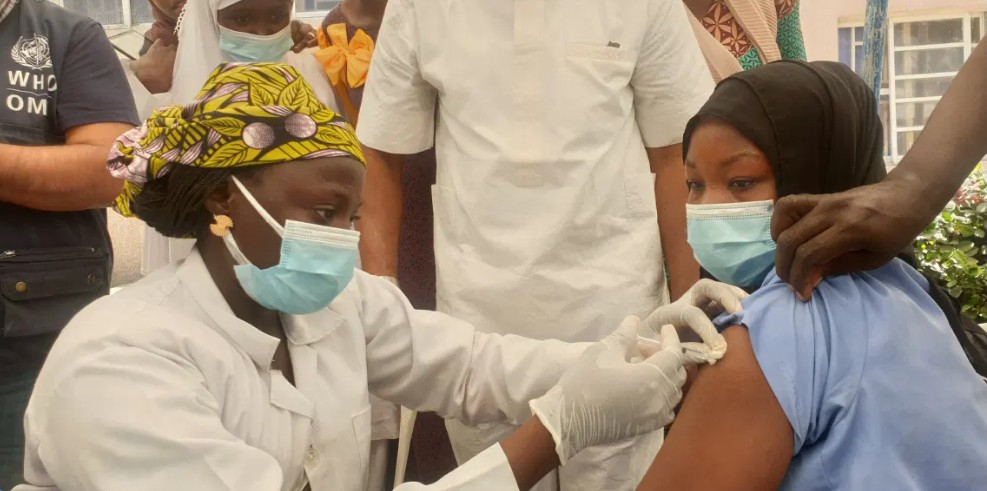Home > Health > Doctors transferred pig's kidney into hu...
Doctors transferred pig's kidney into human patient for the first time
By AnchorNews | 23 Mar, 2024 07:27:26pm | 25
.jpg)
The Massachusetts General Hospital (MGH) in the United States on March 21, 2024, announced the world's first successful transplant of a genetically-edited pig kidney into a living human patient.
The four-hour surgery that took place on March 16 has been described as a historic milestone for xenotransplantation which involves the transplantation of organs or tissues from one species to another.
READ ALSO:
The donor pig hasn't been accorded any special mention, like a name or something, but pigs intended as organ donors aren't just snatched off the streets or farms. Organ donor pigs are typically grown in isolation under special conditions so they're not exposed to infections capable of causing harm to the human recipient.
For the kidney Slayman received, gene-editing technology, CRISPR-Cas9, was used to remove harmful pig genes and add certain human genes so as to improve compatibility. MGH also removed virus remnants in the donor pig so it doesn't affect its human recipient.
Generally, genetically-engineered pig kidney is capable of performing all the essential functions of a normal human kidney. In total, 69 genomic edits were made on Slayman's pig kidney before it was deemed safe enough to transplant.
According to MGH's brief of the surgery, the left kidney was transplanted into the left lower abdomen, following the standard procedure for human kidney transplantation. It wasn't smooth sailing for the team of five surgeons as Slayman's severe vascular disease was the source of some additional challenges.
"Despite this, the kidney's artery and vein were successfully connected to the recipient's artery and vein in the left lower abdomen. Subsequently, the ureter was joined to the patient's bladder," MGH announced.
Report says the patient is recovering well, and will be discharged after a week of post-op observation. The success of the surgery will be determined by the absence of dialysis requirement for Slayman.
Slayman's kidney function will be monitored by MGH through blood and urine tests in addition to regular physical exams. The hospital will conduct twice weekly labs and clinic visits for the first month post-transplant, and weekly visits in the following month.
The sustainability of the xenotransplantation procedure is still under observation. For example, MGH is still uncertain how many years the kidney will survive inside Slayman, but is expecting "more than two years," based on preclinical research.

Leave a Reply
Your email address will not be published. Required fields are marked *
Category
 Entertainment
Entertainment Politics
Politics Opinion
Opinion Crime & Security
Crime & Security Health
Health Sports
Sports  Technology
Technology Education
Education  News
News Business & Economy
Business & Economy.jpeg) Interviews
Interviews Culture & Tourism
Culture & Tourism Religion
Religion